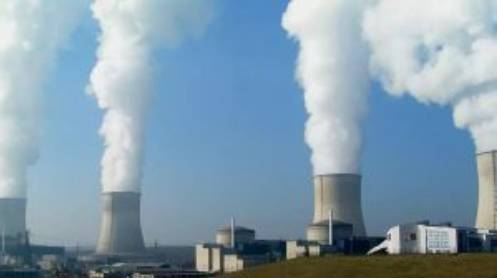ISLAMABAD: In a major development for Pakistan’s energy sector, the government has received 23 bids for 40 offshore exploration blocks — the first such response in 18 years — marking renewed investor interest in the country’s offshore hydrocarbon potential.
According to an official statement by the Petroleum Division, bids were received for 23 offshore blocks, covering an area of about 53,510 square kilometres. Among the bidders are leading national energy companies, including the Oil and Gas Development Company Ltd (OGDCL), Pakistan Petroleum Ltd (PPL), Mari Energies Ltd (MEL), and Prime Energy Ltd (PML).
The Division termed the outcome “encouraging,” reflecting growing investor confidence in Pakistan’s upstream oil and gas sector and aligning with Prime Minister Shehbaz Sharif’s vision for energy security and increased domestic production.
The bidding also attracted participation from international and private-sector partners, such as Turkish Petroleum (TPAO), United Energy, Orient Petroleum, and Fatima Petroleum, underscoring rising global interest in Pakistan’s offshore potential. Notably, TPAO has taken a 25% stake and operatorship in offshore Block-C, becoming a key international player in the country’s renewed offshore drive.
The government launched the Offshore Bid Round 2025 in January after an 18-year hiatus, supported by a new Model Production Sharing Agreement (MPSA) and updated Offshore Petroleum Rules to ensure transparency, competitiveness, and investor protection.
A recent basin study by US firm DeGolyer and MacNaughton (D&M) identified substantial yet-to-find hydrocarbon resources in Pakistan’s offshore basins, encouraging the government to open both Indus and Makran basins for exploration.
Bids were publicly opened on October 31, in the presence of representatives from Sindh and Balochistan, the two coastal provinces hosting offshore areas. The Petroleum Division reported that companies have committed 4,427 work units during the initial three-year license period (Phase 1) — an estimated $80 million investment.
During this phase, firms will carry out geophysical and geological (G&G) studies, including seismic surveys and data analysis, to assess hydrocarbon potential. If drilling proceeds, total investment could reach between $750 million and $1 billion.
The government’s strategy to pursue simultaneous exploration in both offshore basins has paid dividends, the Division noted, and plans are underway to invite global oil majors to join the next phase of offshore development as interest in Pakistan’s energy potential continues to rise.
Story by Khaleeq Kiani







